What Happens If You Get A Cut Or Scratch On A Tattoo?
Preserve your body art even after an injury.
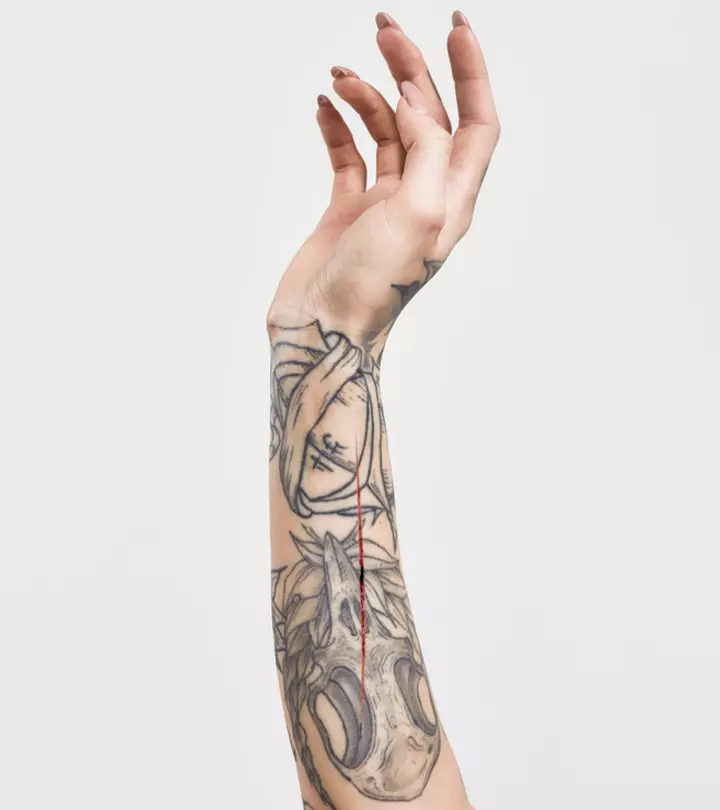
Image: Shutterstock
When you get a scratch or cut on a tattoo, the impact of the injury extends beyond the immediate pain or discomfort as it may distort the intricate tattoo art etched onto your skin. As with any other wound, your body’s natural healing process kicks into gear, which eventually influences the final look of the tattoo. The potential risk of infection may affect the deeper ink layers and cast a shadow over the intricate details of your delicate tattoo. As your body heals the cut, it is natural for you to be apprehensive about whether it may leave a scar or how it may affect the final look of your body art. This article is for you if you are going through a similar situation right now and are wondering how to minimize the damage as your tattoo heals.

In This Article
Will A Cut Damage A Tattoo?
Yes, a cut on a fresh tattoo has the potential to cause permanent damage to it. The breach in the skin may affect in the ways mentioned below.
- Damage The Ink: When a cut occurs on tattooed skin, it jeopardizes the integrity of the ink. This is because of tattoo scabbing caused by bleeding.
- Affect Its Permanence: Depending on the depth of the cut, it may lead to premature fading and affect the permanence of the tattoo.
- Slow Down The Healing Process: Triggered by the cut, your body’s natural healing process may cause the tattoo healing to slow down.
- Increase The Risk Of Alteration: The healing process may inadvertently change the texture and clarity of the original design.
- Increase The Risk Of Infection: The biggest concern is that the cut increases susceptibility to infection as it makes the area more vulnerable to microbes and bacteria.
- Lead To Scarring: The healing process may result in scarring, altering the once-smooth canvas of your tattooed skin.
 Did You Know?
Did You Know?A cut or scratch is generally painful, but, on a tattoo, it brings about a different set of worries. To help you avoid causing untoward damage to your ink, let us delve into some of the factors that will define how much damage a cut can do to your tattoos in the next section.
Key Takeaways
- Deeper cuts pose a higher risk of affecting the tattoo’s design and overall appearance.
- Proper care routine includes regularly cleaning the cut on a tattoo with mild soap and water, patting it dry, and applying an antibiotic ointment until it heals.
- Monitor for signs of infection, such as redness, swelling, or fluid discharge.
- Tattoo cuts typically take 1-2 weeks to heal, but individual factors can influence the duration.
Factors That Determine How Much Damage A Cut Does To A Tattoo
The factors mentioned below determine the kind of damage a cut or scratch on a tattooed area will cause to it.
- Recency Of Your Tattoo: If your tattoo is new and still healing, the cut may cause substantial damage due to additional trauma. Ensure that you protect your newly inked skin for 2-3 weeks from any kind of damage.
- Depth of the Cut: The deeper the cut, the higher the potential for damage to the tattoo, as it may reach and disturb the deeper layers of the skin.
- Location: The area of the cut on your tattoo determines its impact; sensitive or intricate regions may be more susceptible to noticeable damage. For example, tattoos like those on the wrist or knee have a higher possibility of getting more damaged than those on the arm as they are prone to being ruffled by normal everyday activities.
- Quality Of Needlework: A well-executed tattoo with quality ink colors and technique done by a licensed professional may withstand minor cuts better than a poorly done one.
- Prompt Care: Immediate and proper care, including cleaning and protection, can mitigate the potential damage caused by the cut.
- Infection Risk: The risk of infection due to bacteria and germs can exacerbate damage, making it crucial to address cuts promptly to protect both the tattoo and your overall skin health.
- Individual Healing Response: Your body’s unique healing response plays a role in determining how much the cut will affect the appearance of the tattoo.
- Scarring Tendency: Some individuals are more prone to scarring. Depending on the extent of the scarring, it can alter the texture and visual appeal of the tattooed area.
Learning the factors that will determine the appearance of your tattoo after a cut is the best way to go about treating it. But what to do in case a cut on your tattoo damages the ink? The next section addresses this question.
What To Do If A Cut Has Damaged Your Tattoo

Rather than jumping to conclusions and stressing about the injury over your tattooed skin, allow it to properly heal. It is best to allow it to properly heal for 2-3 weeks to avoid the risk of getting an infected tattoo. During that healing time, you should do your best to keep your skin clean, allow it to rest, and do whatever it takes to avoid the risk of getting an infected tattoo. Since these kinds of wounds take some time to heal, you will not be able to determine how the skin will look until it heals.
The area may look gnarly and swollen but, as it heals, there is a chance that it may disappear without leaving any scars or with minor scarring. If there is any permanent scarring or damage, then it is best to consult with a medical professional and an experienced tattoo artist to discuss what the next move will be.
 Pro Tip
Pro TipDetermining the extent of damage on your tattoo is a waiting game. Meanwhile, you still have to take care of the cut on your tattoo. The next section provides some steps that you can take after the injury.
How To Care For A Cut On A Tattoo

Caring for a healing tattoo is different from caring for a tattoo that has undergone additional trauma in the form of a cut, scratch, or graze. The care tips below will help you manage the injury while minimizing the damage the cut on the tattoo can cause.
- Cleanse Gently: Use mild, antimicrobial soap and water to clean the cut, gently removing any debris without scrubbing.
- Pat Dry: After washing, pat the area dry with a clean cloth or paper towel to avoid irritation.
- Apply An Antibiotic Ointment: Apply a thin layer of an antibiotic or antibacterial ointment to prevent a tattoo rash or any form of infection to promote quick healing.
- Use A Sterile Bandage: Cover the cut with a sterile bandage to protect it from external elements and reduce the risk of contamination.
- Avoid Exposure To Sunlight: Shield the bruised skin from direct sun exposure during the tattoo healing process to prevent fading or discoloration. Keep it covered at all times.
- Avoid Moisture: Steer clear of excessive moisture, as it can increase the risk of infections, impede the healing process, and compromise the tattoo. Over-moisturized tattoos look greasy and take more time to heal.
- Keep Your Hands Off: Refrain from picking at scabs to prevent further damage to the tattoo’s color and texture.
- Be Vigilant: Keep a watchful eye for signs of infection, such as increased redness or swelling. Seek medical advice promptly if needed.
It will also be beneficial if you continue to follow the tattoo aftercare process while the wound heals to ensure that the rest of the tattooed skin heals effectively.
How Soon Will A Cut On A Tattoo Heal?
Once a new tattoo is completely healed, there’s no real difference between how long a cut takes to heal over tattooed skin vs non-inked skin. For the first 3 days, the cut area might show signs of inflammation and you may feel tenderness, redness, and swelling. On days 4 to 7, there is usually a scab over the cut. As the skin starts to heal, you might feel some itching during this healing stage. Avoid scratching or picking at the scab to prevent further damage. Between weeks 2 to 4, the final healing and fading happens. By this stage, the scab should have already fallen off, and the healing process of the skin will still continue. In this phase, your tattoo will appear somewhat fuzzy due to skin regeneration. Post that, healing can take time – usually up to weeks. Monitoring these stages will enable you to ensure that your tattoo and skin heal properly.
Infographic: Can A Cut On Your Tattoo Ruin Its Appearance?
A cut on your tattoo can be a real worry. Since the ink lives in the deeper layer of your skin, a little scratch probably will not do too much damage. But a deeper cut is a different story. It can actually cause you to lose ink, lead to scarring, or make the tattoo heal unevenly, which can change how it looks. That is why proper aftercare is so important. The infographic below is an illustrated quick-access guide on how to take care of your tattoo if it gets cut. Check it out and save it for later!
Illustration: StyleCraze Design Team
Your diligence in caring for a cut on a tattoo is important to ensure its optimal healing and preserve the visual integrity of the inked masterpiece. By consistently following gentle cleansing practices, applying a thin layer of ointment, and protecting the area with a sterile bandage, you create an overall environment conducive to recovery. Vigilance against potential complications, such as infection or scarring, is essential as it may affect the appearance of your entire tattoo. Remember to shield your tattoo from direct sunlight and avoid disrupting the natural healing process by resisting the urge to pick at scabs. The hands-on approach you take now directly influences the long-term vibrancy and appeal of your cherished artwork. If you are not sure, you can always consult a healthcare professional and a reputable tattoo artist to learn more.
Frequently Asked Questions
How long do tattoo cuts take to heal?
Tattoo cuts typically take about 2-3 weeks to heal. To be sure, it is best to keep up the tattoo aftercare routine for at least 3-4 weeks to ensure that the cut heals entirely.
Can you get a tattoo if you have a cut?
It is advisable to wait until a cut fully heals before getting a tattoo. Tattooing over a cut increases infection risk and may compromise the healing process of both the cut and the tattoo.
Why does my tattoo look like a deep cut?
The appearance of a tattoo resembling a deep cut may result from factors like swelling, scabbing, or overworking the skin during the tattoo process. It’s a normal part of the healing stage.
Do tattoos go away if you get a cut?
No, tattoos do not disappear if you get a cut. However, a cut on a tattoo can potentially affect its appearance, causing damage or alterations to the inked design during the healing process.
How deep of a cut will ruin a tattoo?
The impact of a cut on a tattoo depends on factors like depth and location. Cuts penetrating the deepest layers of the skin pose a higher risk of affecting the tattoo, potentially causing damage or alterations.
Illustration: What Happens If You Get A Cut Or Scratch On A Tattoo?

Image: Dall·E/StyleCraze Design Team
You ended up accidentally scratching your tattoo and now you are worried it won’t heal right. The following YouTube video talks about how far a scratch or cut on a tattoo can ruin it. Check it out to learn more!
Read full bio of Ali Aman
Read full bio of Shreya Mukherjee
Read full bio of Subhrojyoti Mukherjee
Read full bio of Gazala Firdos Ansari







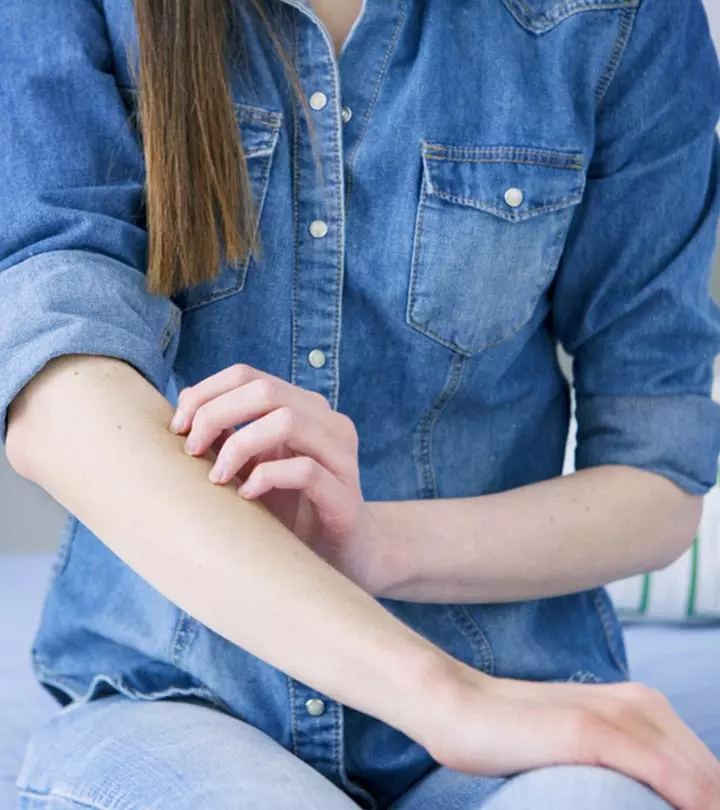



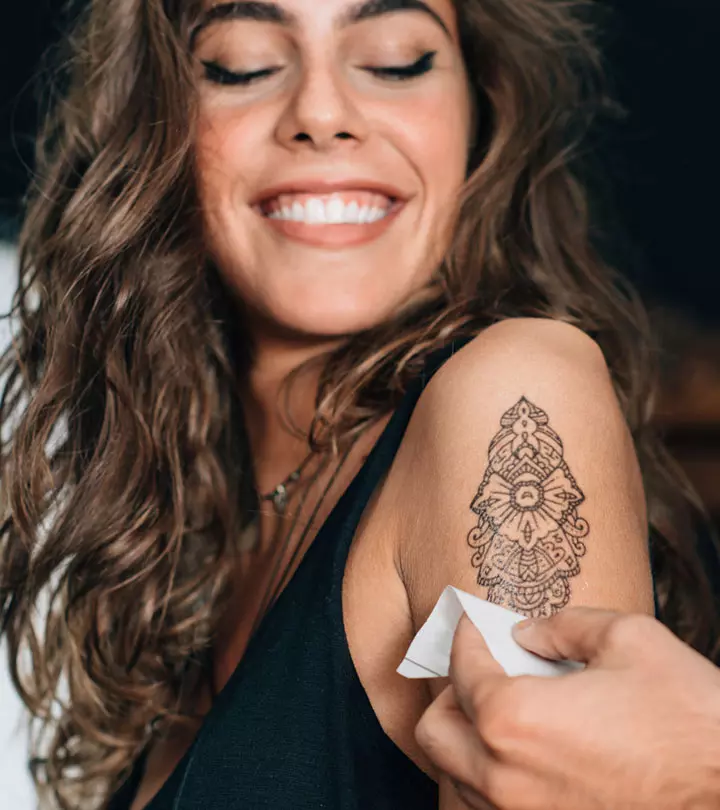
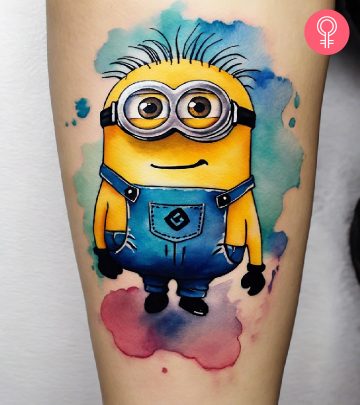
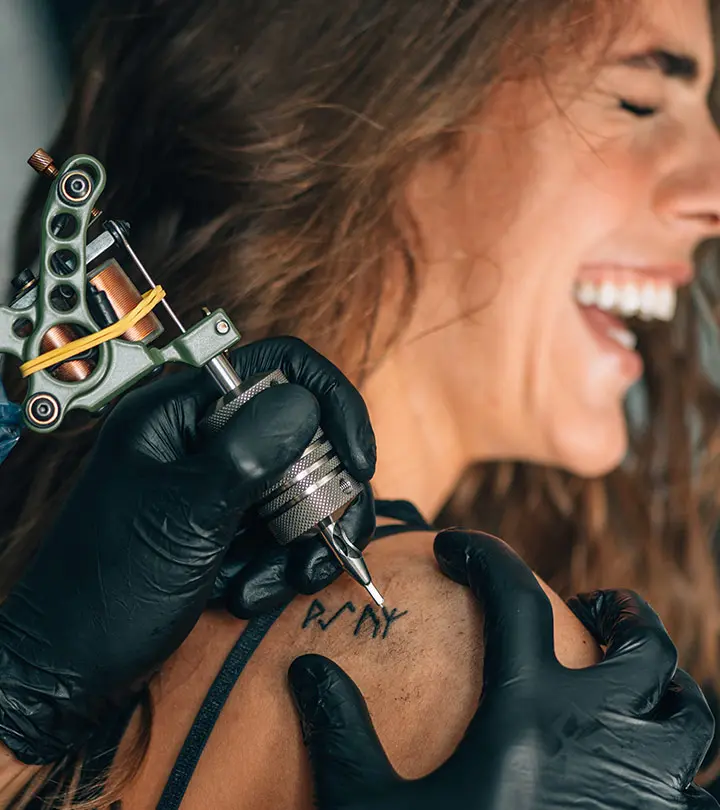


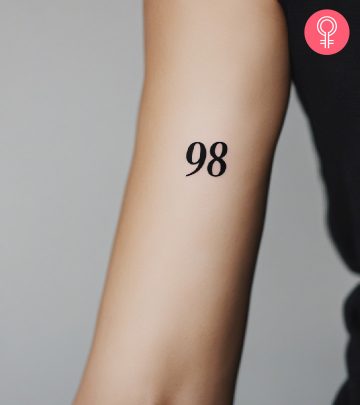


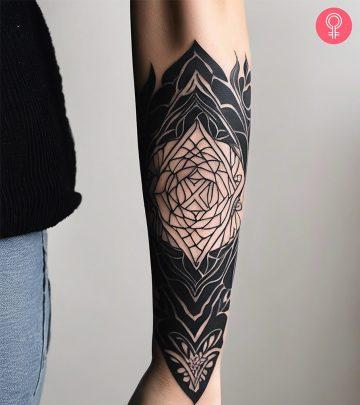



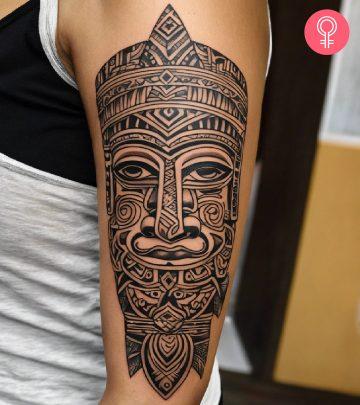



Community Experiences
Join the conversation and become a part of our empowering community! Share your stories, experiences, and insights to connect with other beauty, lifestyle, and health enthusiasts.